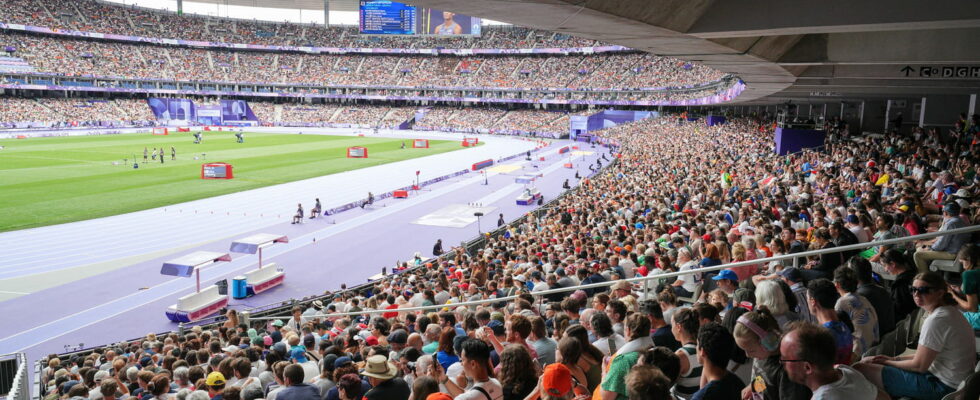The flagship discipline of the Paralympic Games, para athletics will punctuate these Games between August 30 and September 8.
Athletics is the must-attend sport at the Paralympic Games. With over 160 gold medals awarded, para athletics is the discipline that distributes the most medals, ahead of swimming. It is also the one with the most different disability categories represented.
Most of the para athletics events are similar to those at the Olympic Games, with only a few disciplines removed because they were incompatible with disability or deemed too dangerous. This is the case for the hammer throw, pole vault and hurdle events. However, each discipline is broken down according to disability categories, thus multiplying the number of events. While the Olympic Games have two 100m finals, the Paralympic Games have around thirty. This is why the para athletics events take place over the entire Paralympic Games, at the Stade de France, whereas they were held over one week at the Olympic Games.
On the French side, para athletics traditionally brings in many medals, eight at the Tokyo Games in 2021. While Marie-Amélie Le Fur, eight-time medalist, has retired, we will have to count on Dimitri Pavadé (T64 category) in the running events and on Pierre Fairbank in the 400 and 800 m in a wheelchair.
Classifications for para athletics
As with all disciplines, the letter in front of the category indicates the type of sport concerned. In para athletics, there are “Track” events, marked with the letter T, and “Field” events, marked with the letter F. “Field” events include all throws, while “Track” events include sprints, middle distance and long distance.
Each category is then assigned a number based on the type of disability and its degree. Thus, the tens digit corresponds to the general category, and the units digit corresponds to the degree of disability. There are six categories in para athletics based on the athletes’ disability: visual impairment (category 1), intellectual impairment (category 2), brain injury (standing or sitting athlete, category 3), short stature, amputee or similar (category 4), wheelchair (category 5) and lower limb device (category 6).
For the degree of disability in each category, it ranges from 1 (highest degree) to 8 (lowest degree)
Category details:
- Classes 11-13 : Visually impaired or blind athletes.
- Class 20 : Athletes with intellectual disabilities.
- Classes 31-38 : Athletes with cerebral palsy (classes 31 to 34 are for wheelchair events, and classes 35 to 38 are for those competing standing).
- Classes 40-41 : Short athletes (dwarfism).
- Classes 42-44 : Athletes with lower limb amputations (standing competitor).
- Classes 45-46 : Athletes with upper limb amputations (standing competitor).
- Classes 47-49 : Athletes with disabilities in the trunk or upper limbs.
- Classes 50-58 : Athletes using a wheelchair (specific classes depending on the level of spinal injury).
The para athletics program
Para athletics will start on Friday 30th August and will run throughout the Paralympic Games until Sunday 8th September with the marathon events. All events will take place at the Stade de France, with the exception of the marathon which will be in the streets of Paris with a finish at Les Invalides. Due to the large number of categories, there will be finals during the morning and evening sessions.
